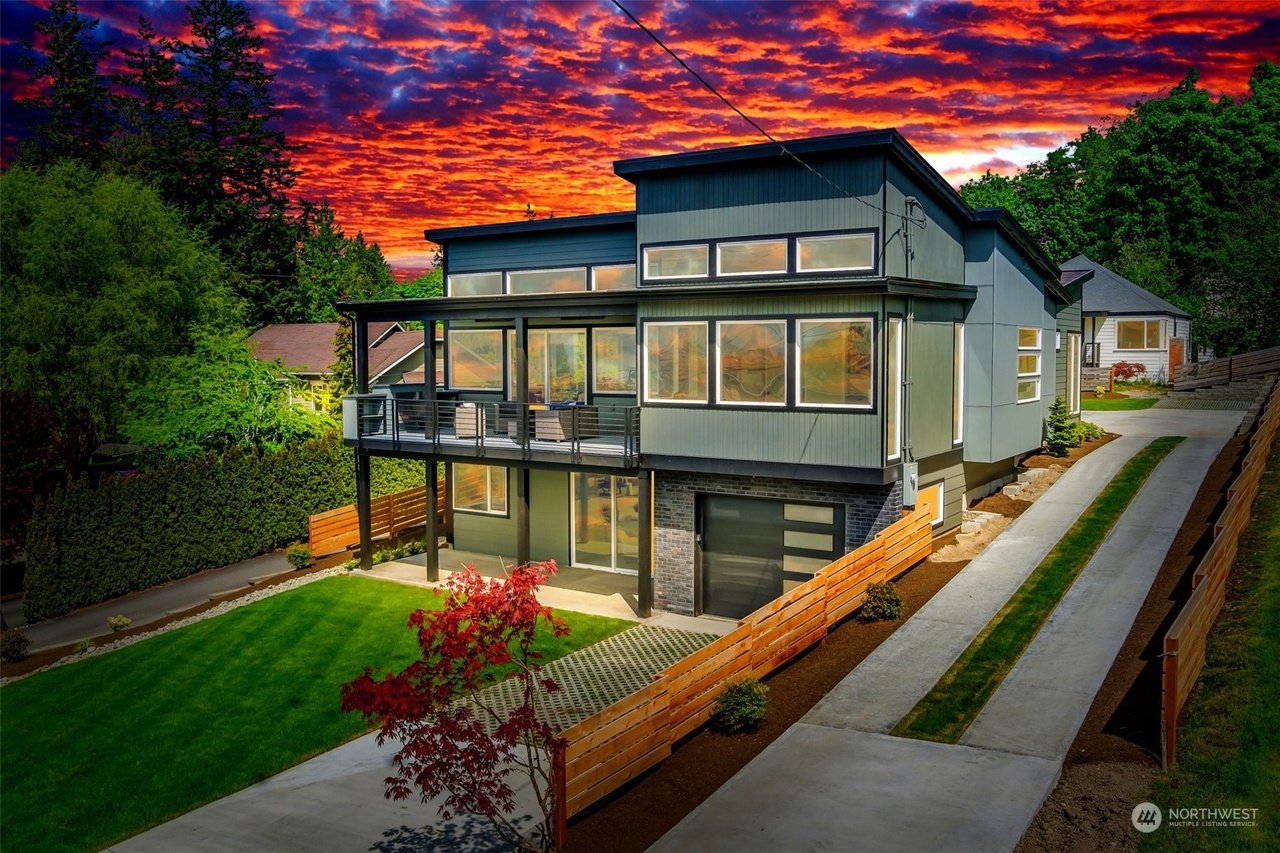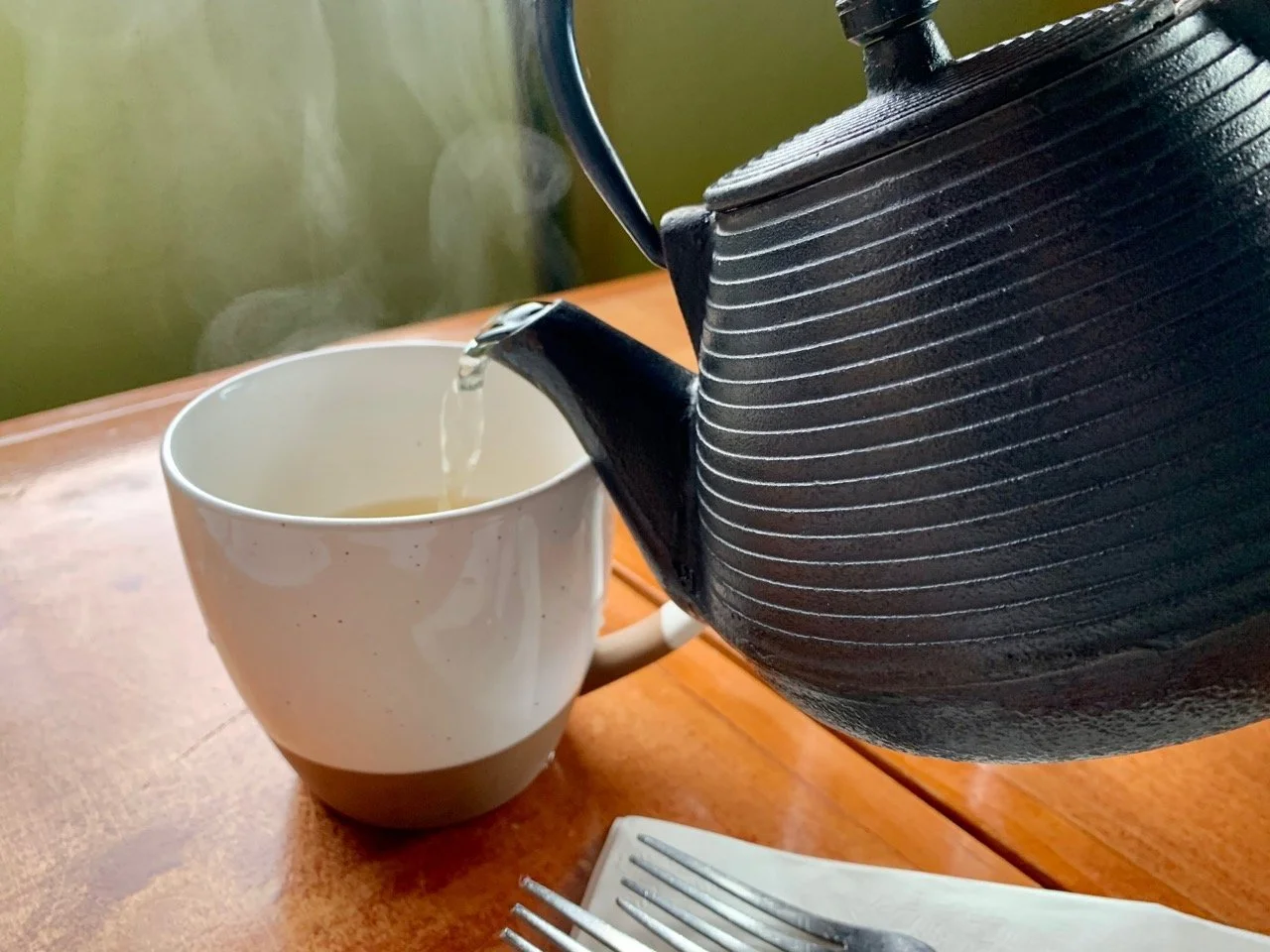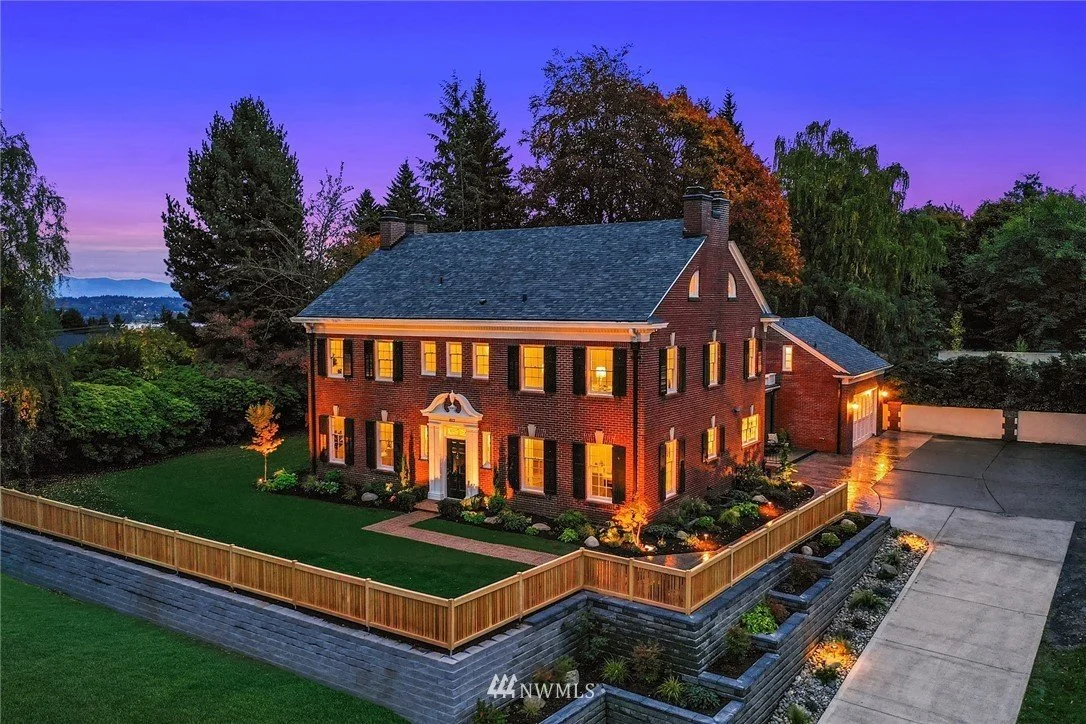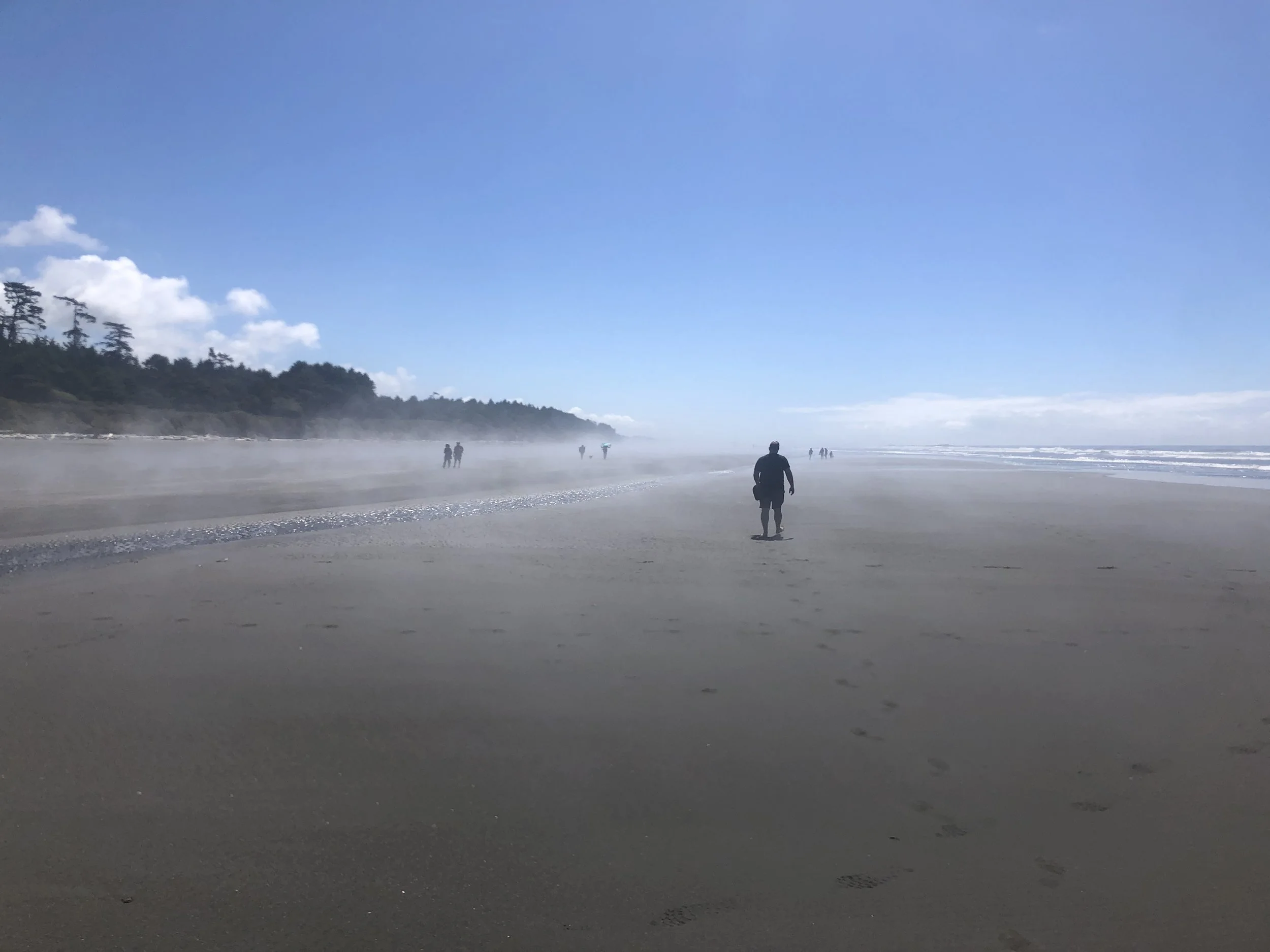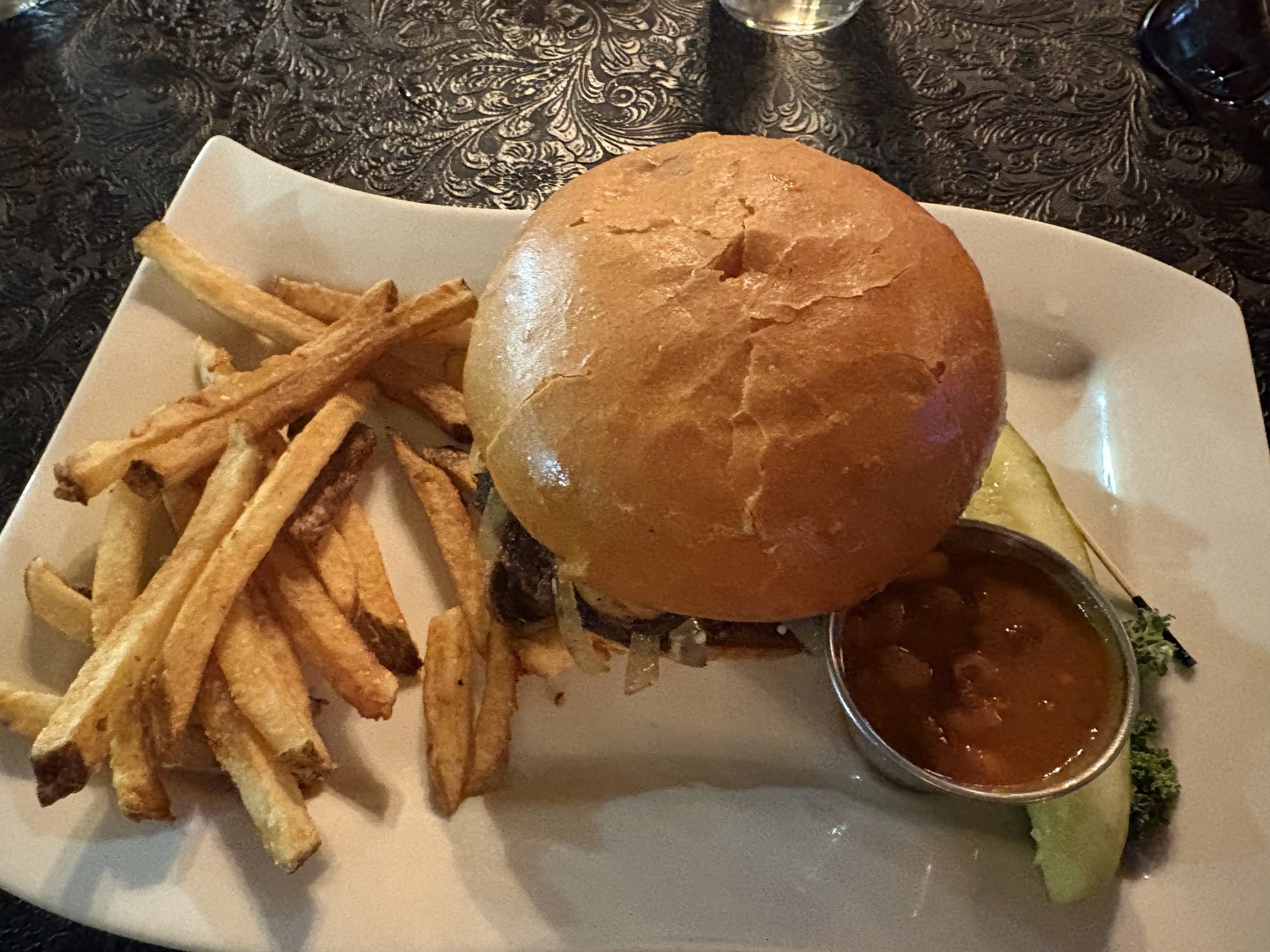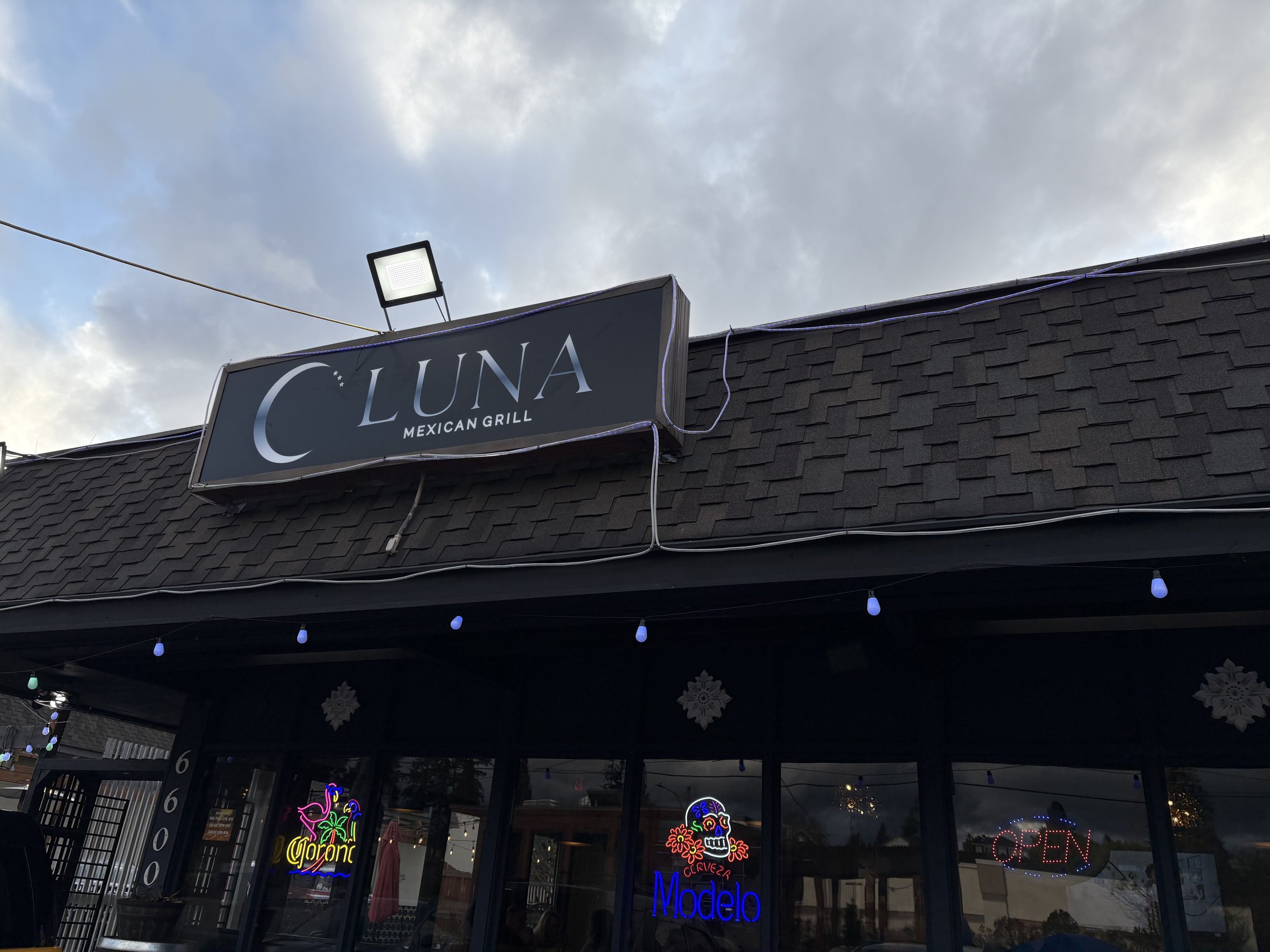I Uncovered the Historic Roots of My Home (And You Can, Too)
When you move into a historic house, you’re not just occupying a physical space. You’re occupying a series of stories. Everett is full of historic homes. One request I often see on the Vintage Everett Facebook page is for information about how to research residences.
My wife and I recently bought a 1920 craftsman home in the Delta Neighborhood. I knew it was from 1920 because of the mortgage paperwork. Beyond this, everything was a mystery. Writer, amateur historian, and generally curious person that I am, I wanted to know about the characters who inhabited this space -- who were they? What lives did they lead?

I decided to investigate. And I want to share with you all what I learned along the way -- not only about my home but also about the resources that are available to the public.
Applying for the historic register
Homeowners can apply to the Historic Commission’s register of historic places. I began my application for the register and that’s what ended up driving a lot of my research. If the Historic Commission reviews your application and your home is deemed to be a historically significant place, you’re eligible for a plaque.
You can also order a Historic Everett plaque, no application involved, by paying for one. It’s a handcrafted work of tile and wood and it proudly displays what year your house was “born.” Perfect for front porch bragging rights.
EPLS archives, Northwest History Room
My go-to advice for anyone seeking historical information: look it up for yourself! The Northwest History Room of the Everett Public Library has a digital archive that can be searched. The library’s entire archives aren’t represented in the digital collection, but a careful keyword search can yield some tasty treasures.
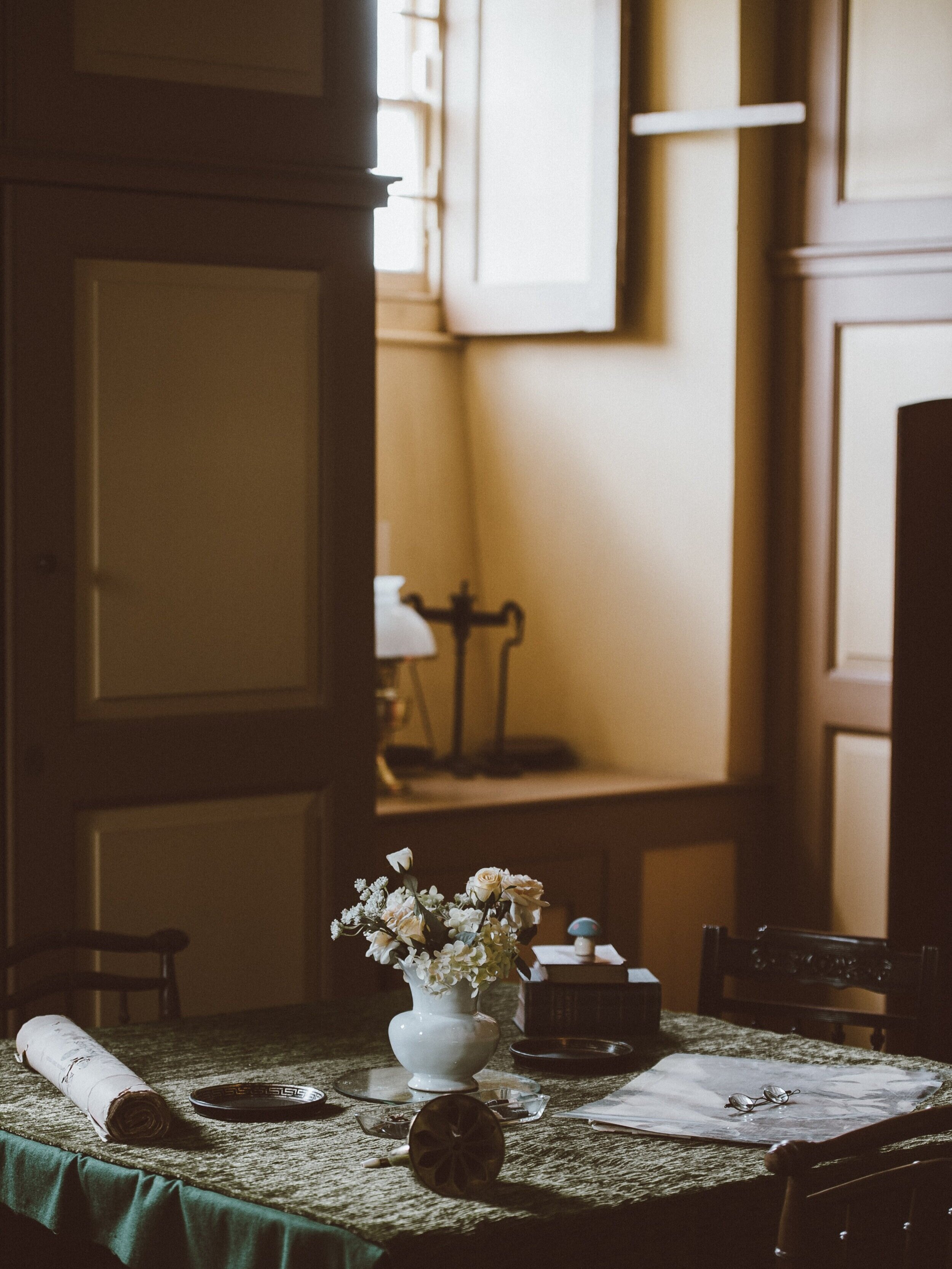
Resident Northwest History Room archivist, Lisa Labovitch, was able to consult the city’s invaluable collection of Polks Directories on my behalf (The Northwest History Room was closed for Covid-19 at the time of my research and so the rare directories were unavailable to the public).
For those of you unfamiliar with Polks Directories, they are sort of like telephone books, but instead they list the names, occupations, and addresses of residents. They are the greatest tool to figuring out who lived in your place before you did.
Lisa was able to give me a complete list of everyone who has ever lived in my house. Perfect for my application!
Public land records through the City of Everett
The city keeps public records on file online. Select the address search link, and you can search for your property to see permits and applications going back to the early 1900s. Not all of the city’s records are available online (you can email the city for a more thorough search). My house file didn’t have a ton of information. The water hookup paperwork confirmed that the house was built in 1919 with a move-in date of January 1920 (for historical context, this was the same month that Prohibition went into effect!). The name on the application confirmed that the home builder was one Rudolph Hartmann -- a German immigrant and a prolific builder in the early years of Everett.
How prolific a builder was Hartmann? He built the Mayfair and Windsor Apartments on Hoyt Avenue, as well as dozens of houses on Colby and Hoyt. All of the homes on my block were also built by Hartmann.
Ancestry.com and Newspapers.com
Right now, as part of Covid-19 virtual resources, the Everett Public Library offers access to Ancestry.com to library cardholders. If you know the name of a person and a city where they lived you can instantly pull up public records about them for cross-reference: census data, birth certificates, draft cards, and sometimes even yearbook photos.
Ancestry.com was an important tool for me to learn about James and Lenora Gowdy. Hartmann was the home builder, but Gowdy was the first occupant of the home. My application to the Historic Commission thus lists the house as the “James and Lenora Gowdy House” (there’s already a Hartmann House on the register). Gowdy was a saw filer for a milling company on the corner of Hewitt and Broadway.
Newspapers.com, a subscription-based service, gave me some more incidental info on Gowdy. Apparently, he had a few traumatic events in his life, including being asked to identify the body of his abducted nephew and witnessing the drowning of another boy off of Camano Island. Whoa.

The Van Valey House, one of Everett’s many fine historic homes.
Historic craftsman details
The final component of my research was the house itself. I consulted a knowledgeable friend and also checked out three books from the library about craftsman houses. I discovered that many of the features of my home are original, and I listed these on my application: a clawfoot bathtub, built-in cabinetry, the fireplace, pie-cooling racks, larders, wainscoting, and more.
Learning about craftsman homes helps me going forward with home renovations. A couple of weeks I hunted the antique stores of Snohomish for a period-appropriate porch light and glass pull knobs for my cabinetry (success on both accounts!). I like the place to have “the vibe,” you know?
And so
Having delved into the world of historic home research I appreciate my house on a whole new level. It’s a place built by a German immigrant on a trolley line, inhabited by saw filers, railroad yard workers, and a milk delivery man. Its bones are hewn from old-growth timber, likely milled in Everett. It’s a sturdy home that has lasted a hundred and one years.
Here’s to another century or two... and all the stories along the way.

Richard Porter is a writer for Live in Everett.




